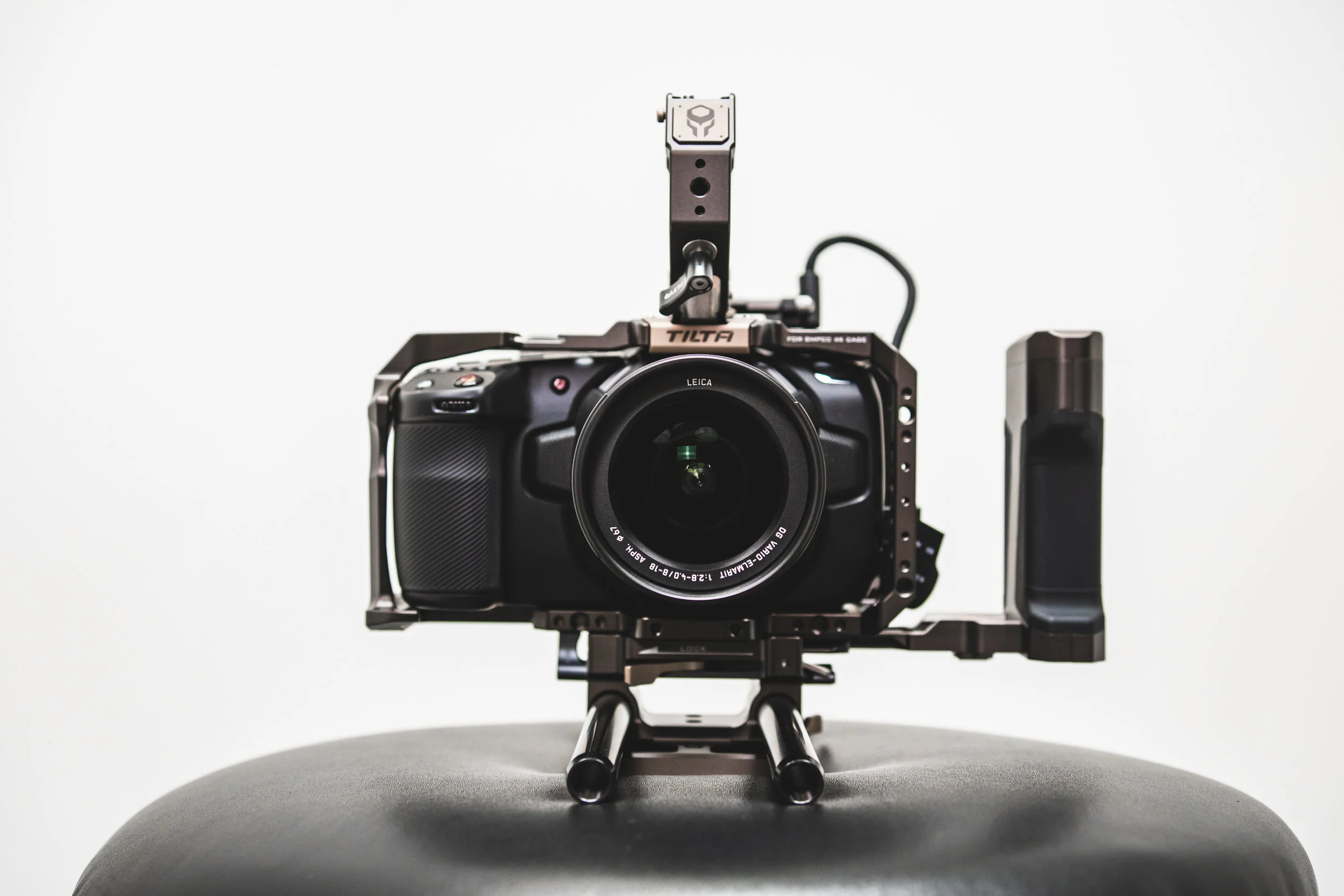Choosing the right camera
There are so many options available in today’s market. Each one of them is very capable and fits a need. It’s very easy to get caught up in the technical specifications or the ballyhoo around brand loyalty. Quite simply, one must remember that a camera is a tool. And you have to choose the tool that best suits the project at hand.
Options to Consider
These days even multi-million dollar studio movies and television employ the use of the smallest least expensive cameras on the market from Go-Pro to Blackmagic. Whilst still using more traditional and expensive cameras from Arri, Panavision, and Sony. Each serving its purpose. So, if you are a smaller company with limited resources rest assured you can shoot on a Sony A7s ii, Panasonic GH5s, or Blackmagic Pocket Cinema Camera and achieve some stunning professional results that looks like it came from a camera that retails for 40x the price.
Staying Within Your Budget

BlackMagic Pocket Cinema Camera 4K
Let’s quickly look at two different budget scenarios and what cameras I would most likely choose for each one. Let’s say I have a narrative project with a very small budget. I would most likely choose the Blackmagic Pocket Cinema Camera 4K. It has a small easy to manage form factor similar to a DSLR, a great micro 4/3rds sensor with wonderful color science, and that same micro 4/3rds mount means there are tons of adapters to use all sorts of different glass. The menu system on it also makes this feel more like a cinema camera than a stills camera that shoots video, and it can shoot RAW internally or externally to SSD drive which is a huge and cost effective advantage. Now, let’s say I’m shooting a corporate video on a budget and it’s mostly interviews. I would most likely choose some form of DSLR or mirrorless camera such as the Nikon Z6/7, Panasonic GH5s, or the Sony A7s II. There are a plethora of others but these are currently pretty industry standard. They offer great quality sensors with tack sharp images, and if you know your settings and end goal you can usually deliver a ready to edit image with little to no need for post color (this, of course depends on the production).
Final Thoughts
In closing, there is a giant tool box just filled with all sorts of goodies. Some cost $299 and others cost $100,000. It’s up to you to break down the budget and the projects and determine what best suits your needs. But these days there are so many choices at our fingertips.
